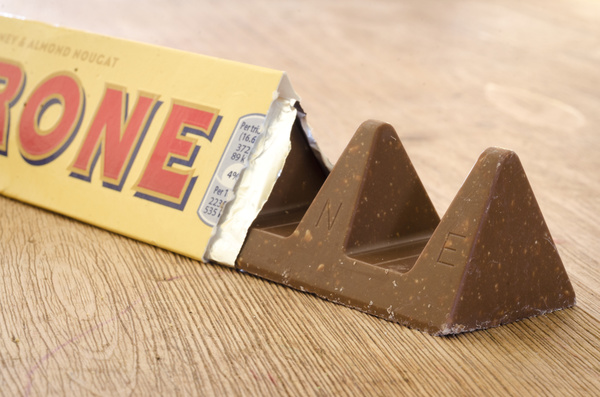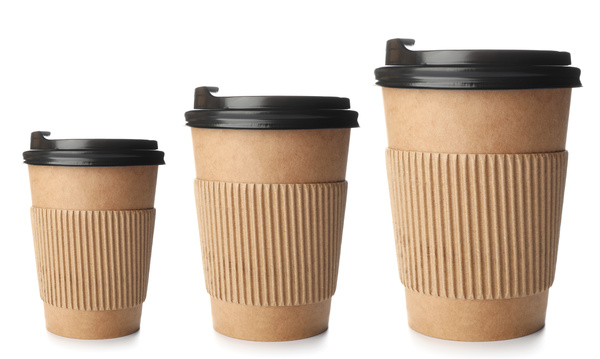
When it comes to buying food, consumers constantly search for lower prices. This, however, doesn’t mean sacrificing product size.
Food manufacturers consider energy costs, ingredients, and worker wages when setting prices. They need to form good relationships with grocers to keep their products in front of customers.
What Is Shrinkflation?
One strategy that is commonly employed by the food industry is shrinkflation. This occurs when the items get smaller or fewer in number, but the price stays the same. Sometimes the price even increases.
Research shows shrinkflation has become common practice. The size of products like dishwashing liquid and orange juice cartons has been reduced by 8-20% while the price remains the same. By shrinking the food packages, manufacturers are able to maintain competitive pricing.
Why Does Shrinkflation Occur?
Food manufacturers are being transparent about the smaller product packages. They include volume and weight information on the labeling, so they aren’t misleading consumers. Customers, however, are noticing the smaller packages and higher prices.
When manufacturing costs increase, companies can:
- Change the ingredients
- Decrease package size
- Increase product costs
Changing the ingredients is dangerous because it can cause brands to lose customers. Consumers who purchase products based on ingredients, whether from preference or need, will go elsewhere for what they want.
Reformulating products also comes with the risk that consumers won’t like the flavor. This can result in losing current customers and not getting new ones.
When the package size is decreased, consumers know they aren’t getting as much. Couple that with price increases, and they will begin to abandon brands they have depended on for years.

How Are Packages Shrinking?
Food manufacturers are crafty about how they shrink CPG packaging. Some use optical illusions to make the package look like it is sized normally while taking away from the inner space. This is done by indenting the package bottom.
Some manufacturers also change the shape of their packaging to make it appear as if it hasn’t shrunk. This is typically a small change. But it can be effective, nonetheless.
What Are the Solutions?
Rather than reformulating your products or making packages smaller, consider revamping. Figure out where you can decrease your own costs without compromising your product in any way. That way, you can continue to charge the same price without losing money.
Emphasize your product’s taste and the features that help it sell well. Keep the original package size, so customers will know you aren’t selling them less for as much or more. This, too, can help market the product.
Be aware of the product shrinkage and do something different. Be transparent with your customers about your CPG packaging.
Avoid shrinkflation. Research shows inflation went up 5% between May 2020 and May 2021. Increasing prices can’t be avoided, especially when this practice is dictated by the economy. But it doesn’t mean you have to shrink your CPG packaging to save money. In fact, finding other ways around this option can actually save you money in the long run by building brand loyalty and showing customers your brand is different from many others.
PKG Brand Design is always on the forefront of new CPG branding and packaging initiatives, please subscribe to our blog for the latest package design industry news!







